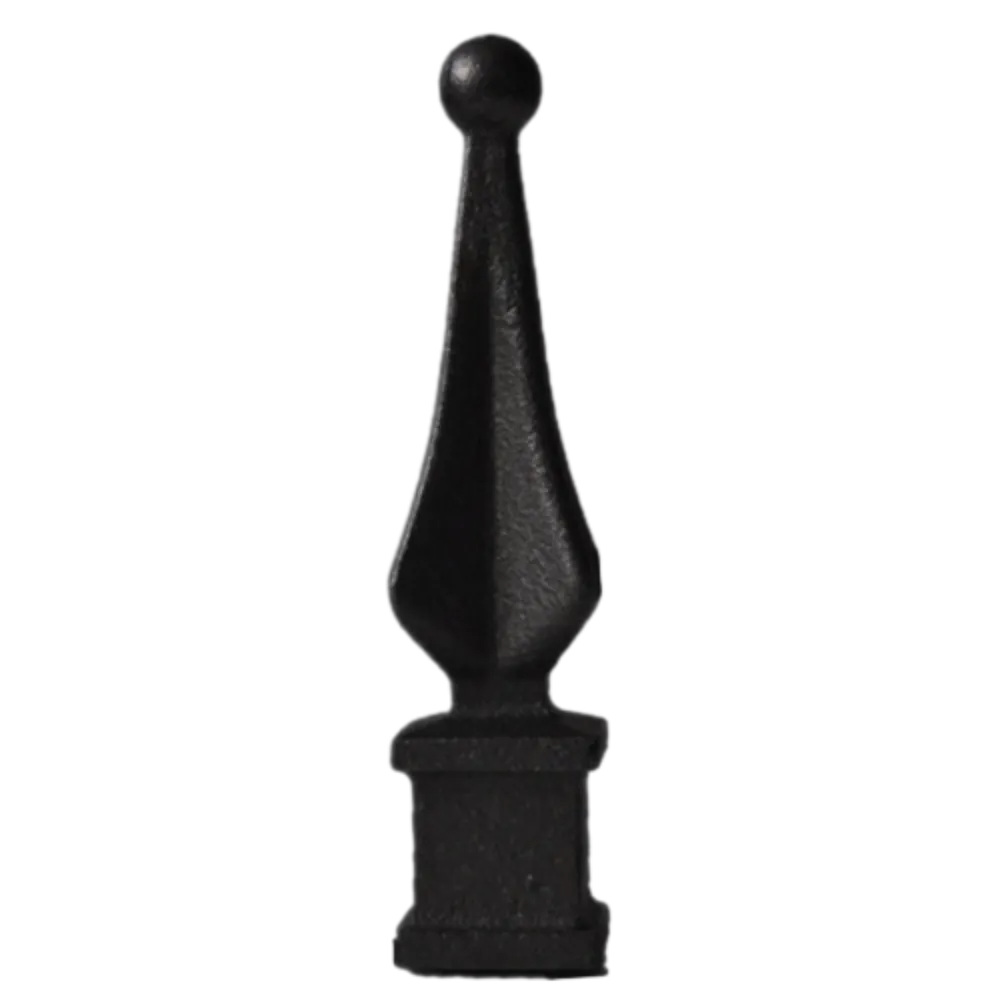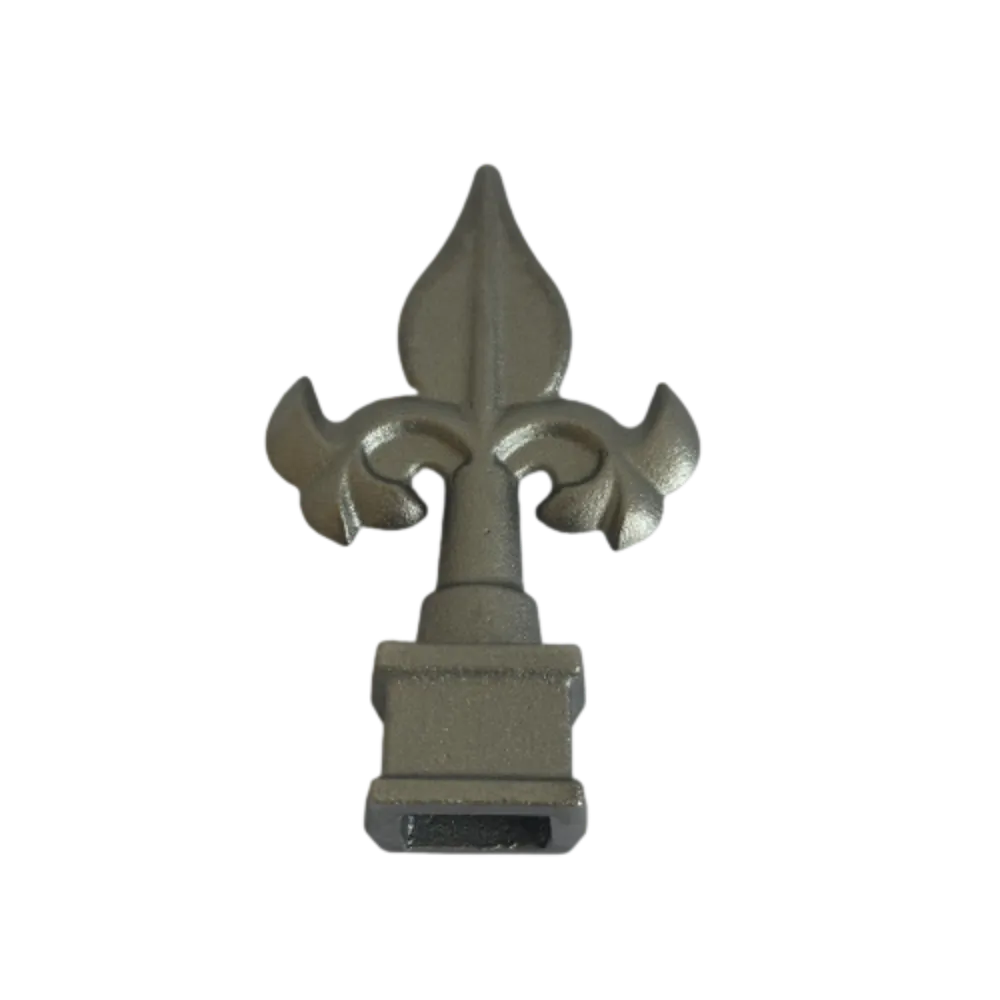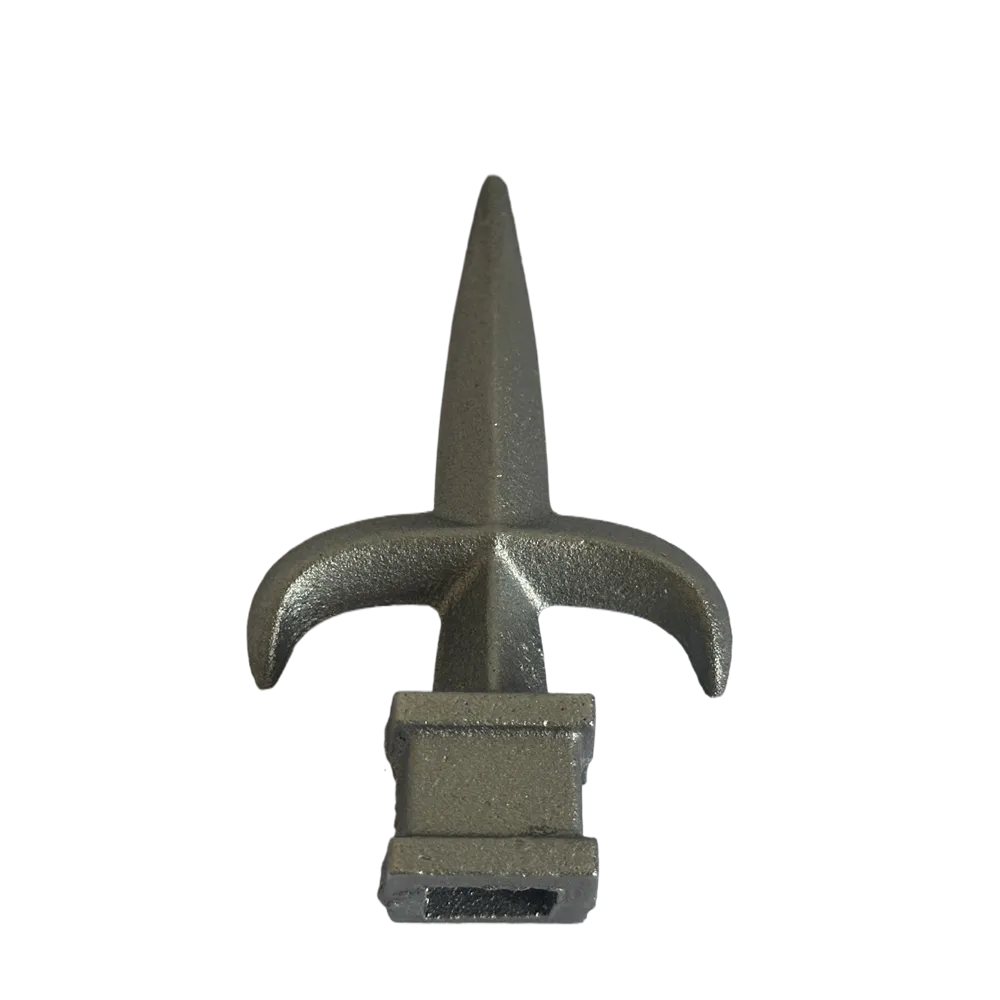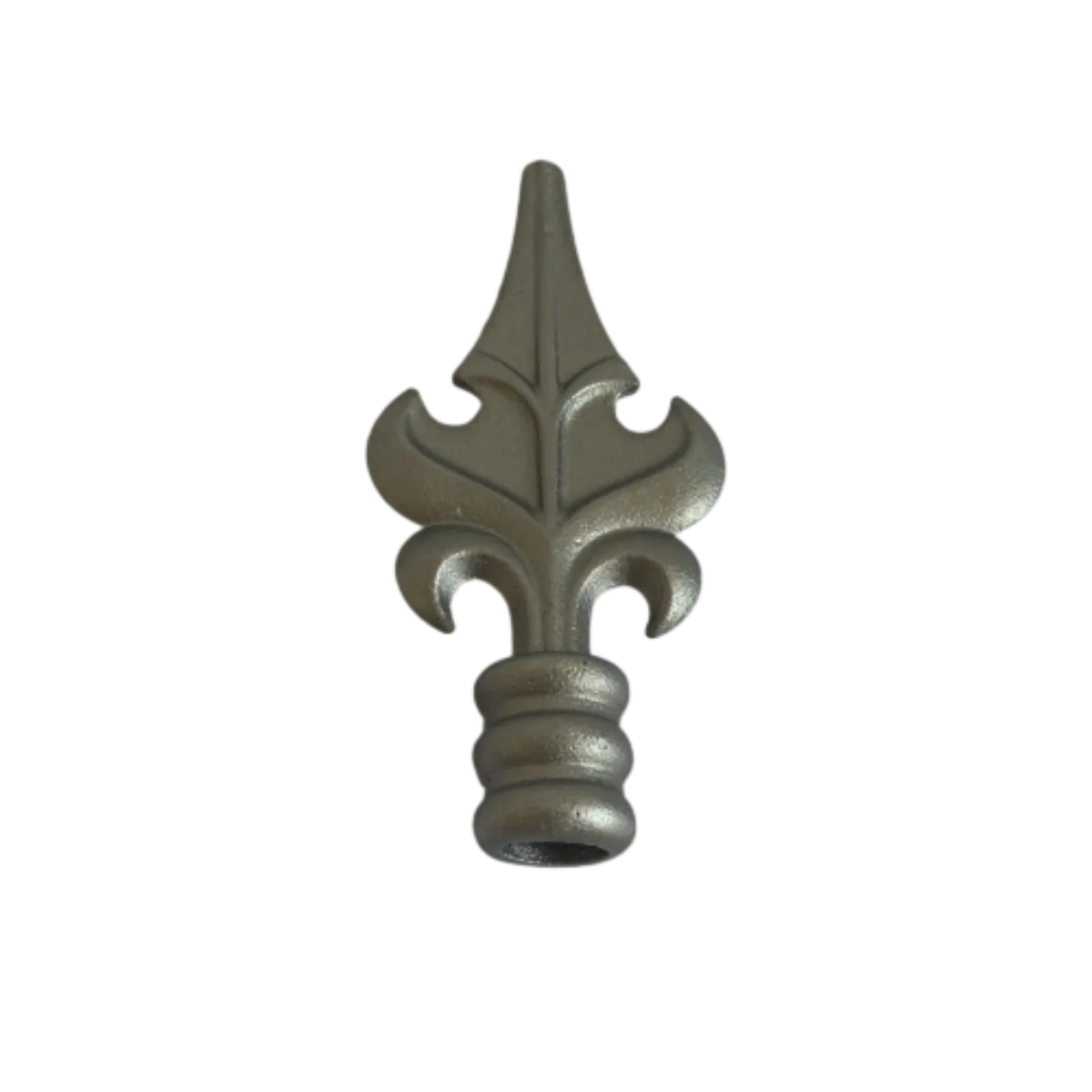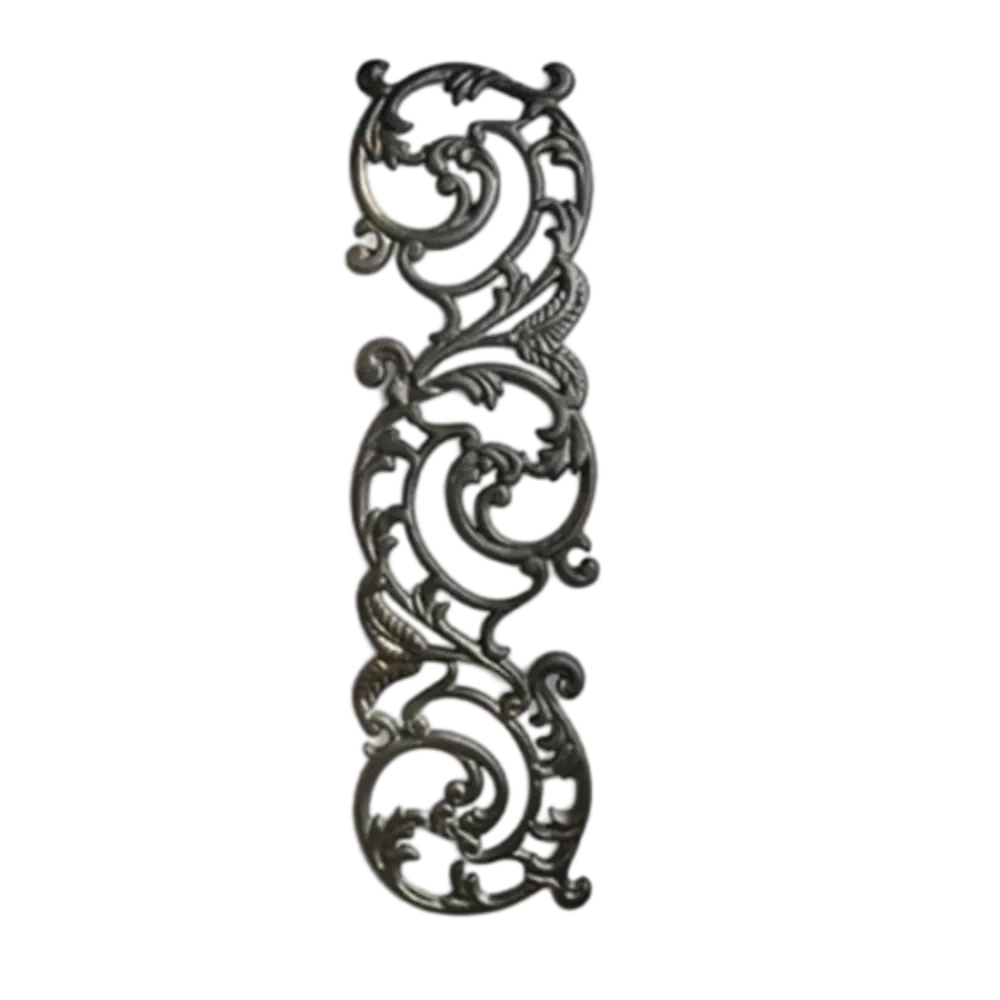Innovative Designs in Ornamental Iron Casting for Decorative Applications
The Art and Craft of Ornamental Iron Casting
Ornamental iron casting is a fascinating blend of artistry and engineering that has played a significant role in architecture and design for centuries. This age-old craft not only serves functional purposes but also enhances the aesthetic value of structures and spaces. From decorative railings and gates to intricate sculptures and furniture accents, ornamental ironwork showcases the skill and creativity of artisans who transform raw metal into stunning works of art.
Historical Context
The roots of ornamental iron casting can be traced back to ancient civilizations, where iron was first manipulated to create tools and weapons. The decorative applications of iron followed as blacksmiths began to recognize the metal's potential for creating unique, functional, and visually appealing objects. In Europe, during the Middle Ages, ironwork became more prevalent in architecture, particularly in gothic cathedrals where ornate iron gates and railings could be found. The Renaissance period further propelled ornamental ironwork into popularity, as artists and craftsmen began to focus on intricate designs, reflecting the era's emphasis on beauty and detail.
The Casting Process
The process of creating ornamental ironwork involves several steps, starting with design conceptualization. Artisans often work with architects or independent clients to develop a vision that aligns with both functional requirements and aesthetic desires. Once a design is established, artisans typically create a scale model, which serves as a guide for the final piece.
The actual iron casting process begins with the creation of a mold, which can be made from various materials, including sand or metal. Molten iron is then poured into the mold, where it cools and solidifies, taking on the shape of the original design. After the iron has cooled, the mold is removed, and the piece is finished with polishing, painting, or other treatments to enhance its appearance and protect it from corrosion.
Unique Features of Ornamental Iron
ornamental iron casting
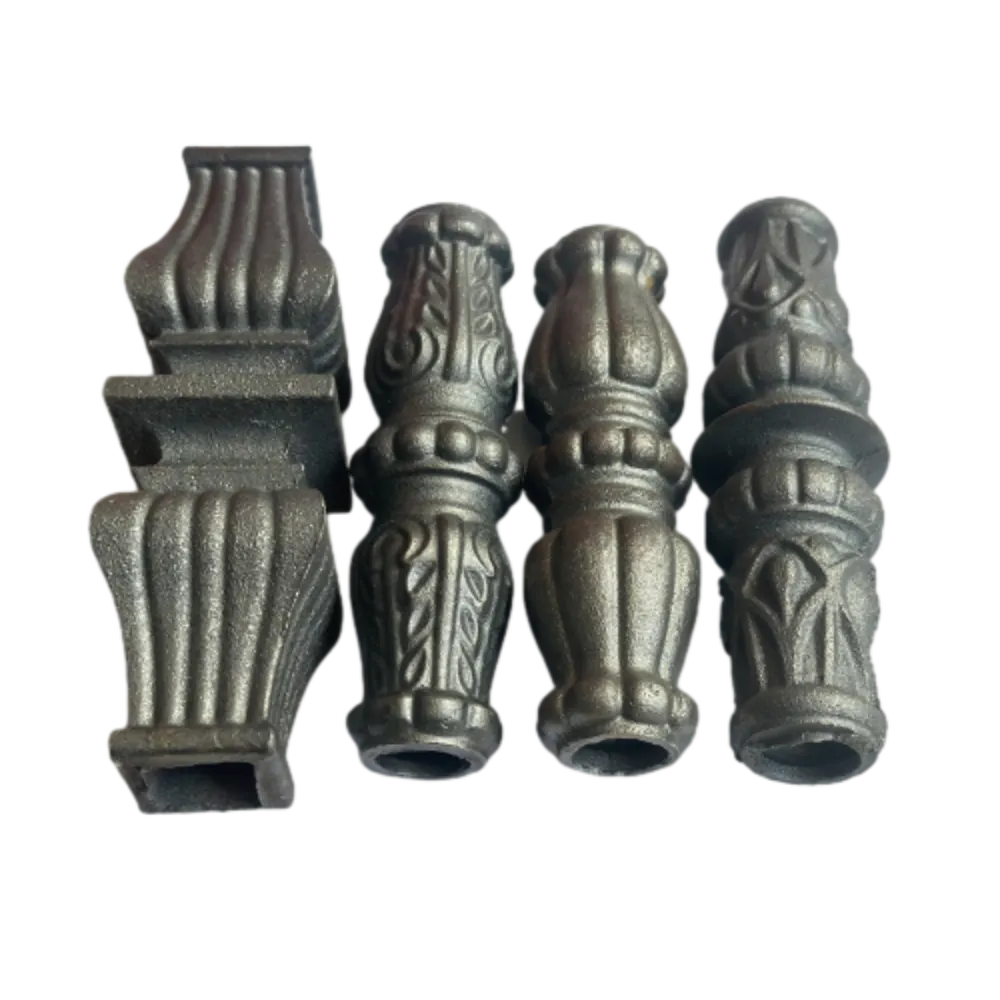
One of the hallmark characteristics of ornamental ironwork is its durability. Iron, when treated properly, can withstand the elements and resist wear over time, making it an ideal material for both indoor and outdoor applications. In addition to its strength, iron has a unique ability to be molded into intricate designs. Artisans can create swirls, leaves, and other natural motifs that are both elaborate and mesmerizing. This versatility makes ornamental iron suitable for a wide range of applications, from residential spaces to commercial buildings.
Moreover, ornamental ironwork can be customized to fit specific styles and themes. Whether one desires a modern minimalist look or a classic Victorian design, skilled artisans can adapt their techniques and designs to meet diverse aesthetic preferences. This level of customization allows property owners to create unique statements that reflect their personal style and identity.
Contemporary Applications
Today, ornamental iron casting continues to thrive, with artisans finding innovative ways to integrate traditional techniques with modern design. The construction of public parks, private residences, and commercial buildings often includes wrought iron components that not only serve a functional role but also elevate the overall design aesthetic of the environment.
In addition to structural applications, ornamental iron is also popular in furniture making. Tables, chairs, and decorative stands made with wrought iron can add an elegant touch to any space. Designers often pair ornamental iron with other materials like wood or glass for a captivating contrast that highlights both the strength of the iron and the warmth of natural elements.
Conclusion
Ornamental iron casting is much more than a mere craft; it is an enduring legacy of human creativity and ingenuity. As we look toward the future, this art form continues to adapt and inspire, proving that the fusion of functionality and beauty is as relevant today as it was centuries ago. Whether found in historic architecture or contemporary designs, ornamental ironwork remains a vital component of our cultural heritage, making our spaces more beautiful and functional.
-
Wrought Iron Components: Timeless Elegance and Structural StrengthNewsJul.28,2025
-
Window Hardware Essentials: Rollers, Handles, and Locking SolutionsNewsJul.28,2025
-
Small Agricultural Processing Machines: Corn Threshers, Cassava Chippers, Grain Peelers & Chaff CuttersNewsJul.28,2025
-
Sliding Rollers: Smooth, Silent, and Built to LastNewsJul.28,2025
-
Cast Iron Stoves: Timeless Heating with Modern EfficiencyNewsJul.28,2025
-
Cast Iron Pipe and Fitting: Durable, Fire-Resistant Solutions for Plumbing and DrainageNewsJul.28,2025
-
 Wrought Iron Components: Timeless Elegance and Structural StrengthJul-28-2025Wrought Iron Components: Timeless Elegance and Structural Strength
Wrought Iron Components: Timeless Elegance and Structural StrengthJul-28-2025Wrought Iron Components: Timeless Elegance and Structural Strength -
 Window Hardware Essentials: Rollers, Handles, and Locking SolutionsJul-28-2025Window Hardware Essentials: Rollers, Handles, and Locking Solutions
Window Hardware Essentials: Rollers, Handles, and Locking SolutionsJul-28-2025Window Hardware Essentials: Rollers, Handles, and Locking Solutions -
 Small Agricultural Processing Machines: Corn Threshers, Cassava Chippers, Grain Peelers & Chaff CuttersJul-28-2025Small Agricultural Processing Machines: Corn Threshers, Cassava Chippers, Grain Peelers & Chaff Cutters
Small Agricultural Processing Machines: Corn Threshers, Cassava Chippers, Grain Peelers & Chaff CuttersJul-28-2025Small Agricultural Processing Machines: Corn Threshers, Cassava Chippers, Grain Peelers & Chaff Cutters




